Reseptoplasty (repeated operations)

specialists

equipment

treatment
General information about the procedure
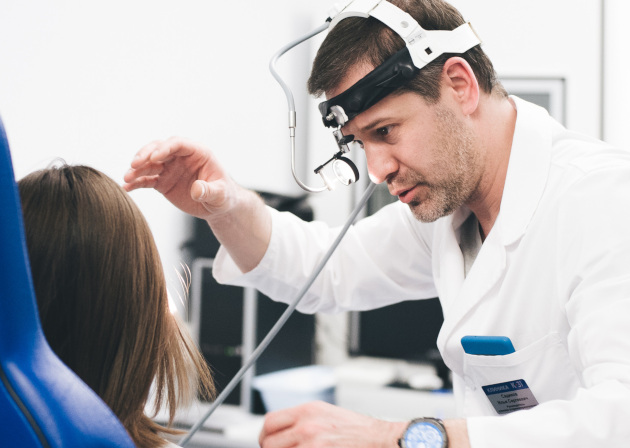
How is an appointment with an otolaryngologist at K+31?
Our doctors

This award is given to clinics with the highest ratings according to user ratings, a large number of requests from this site, and in the absence of critical violations.

This award is given to clinics with the highest ratings according to user ratings. It means that the place is known, loved, and definitely worth visiting.

The ProDoctors portal collected 500 thousand reviews, compiled a rating of doctors based on them and awarded the best. We are proud that our doctors are among those awarded.
Make an appointment at a convenient time on the nearest date
Price

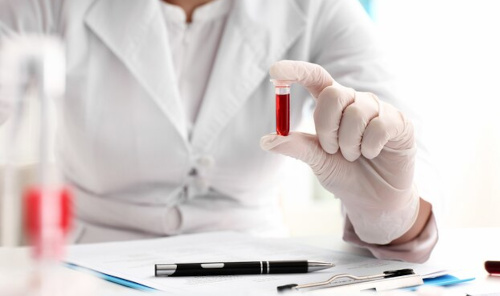
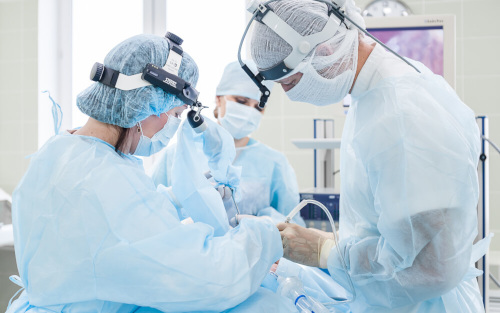
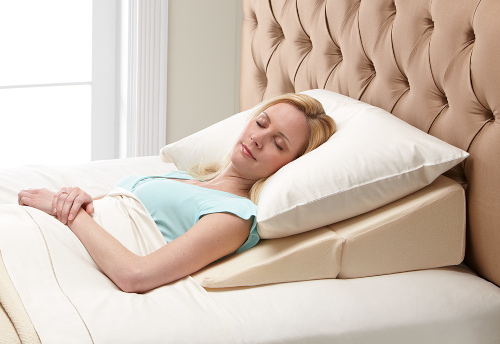


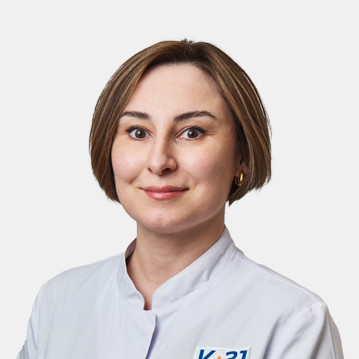
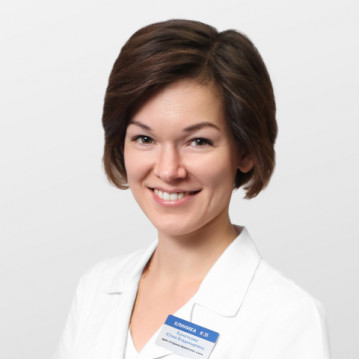

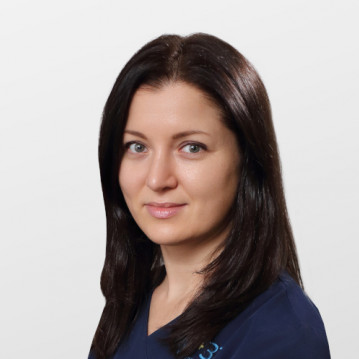
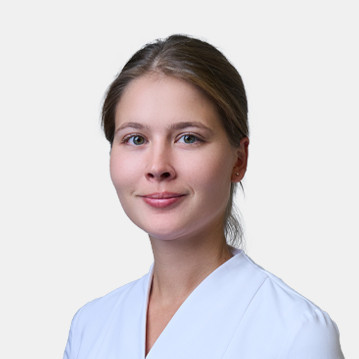
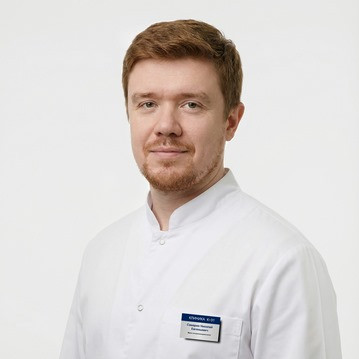
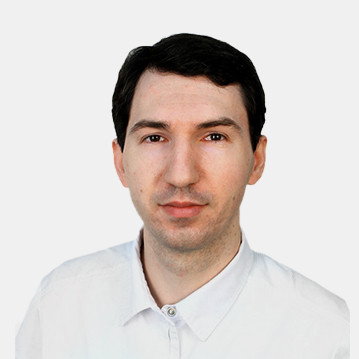
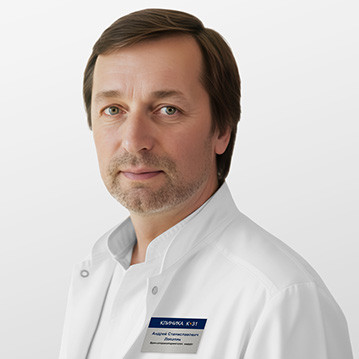
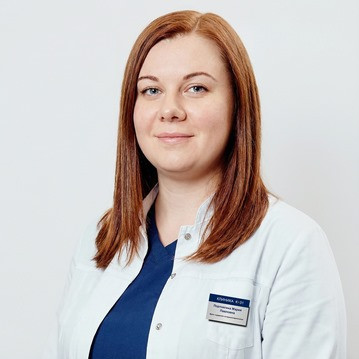
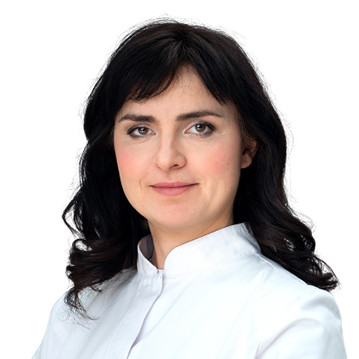
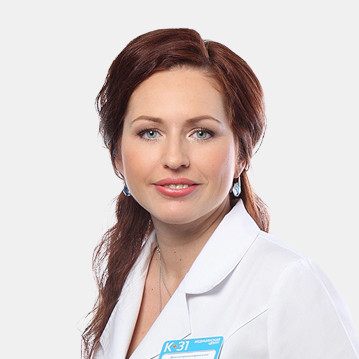
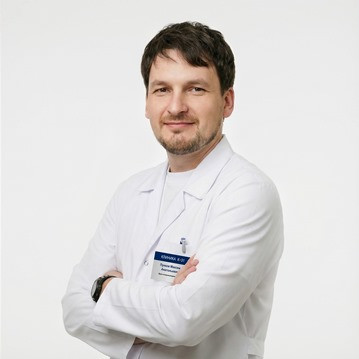
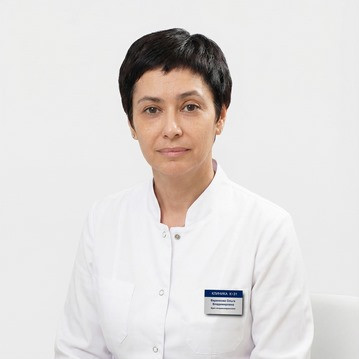
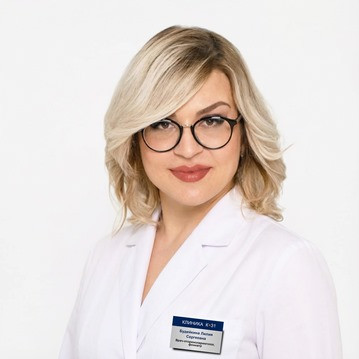
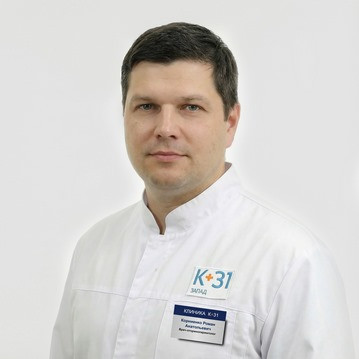
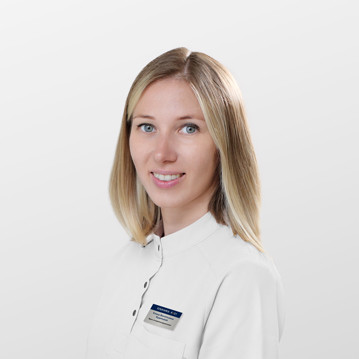
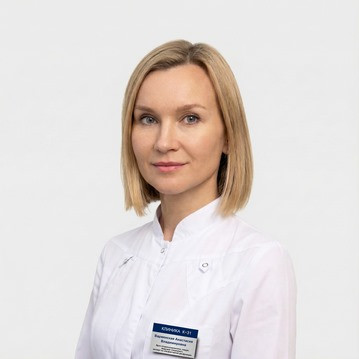
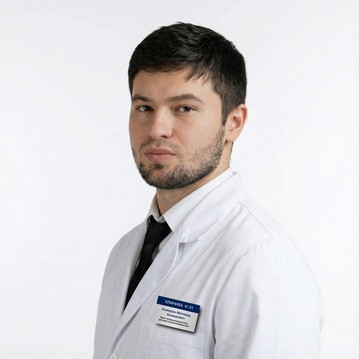

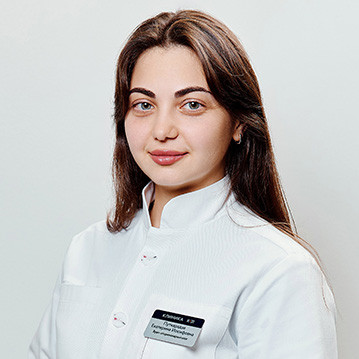
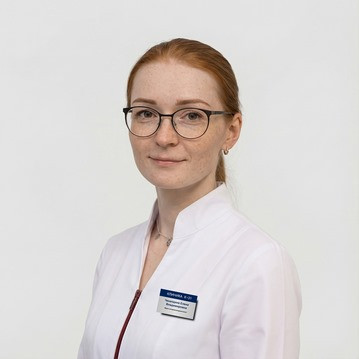
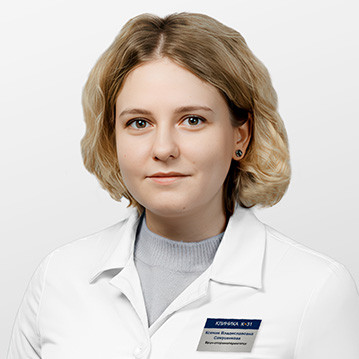
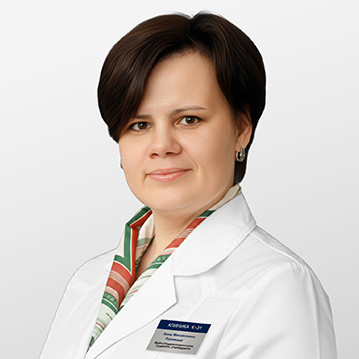
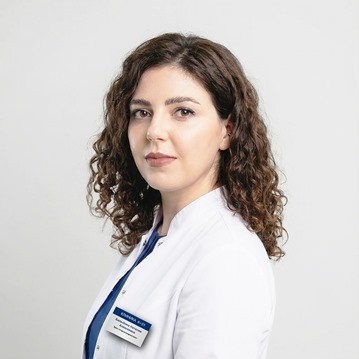
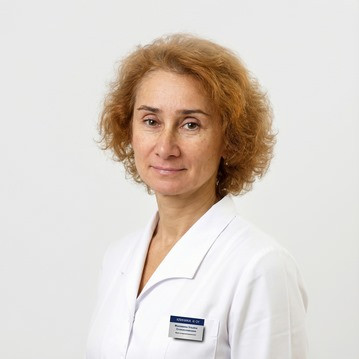
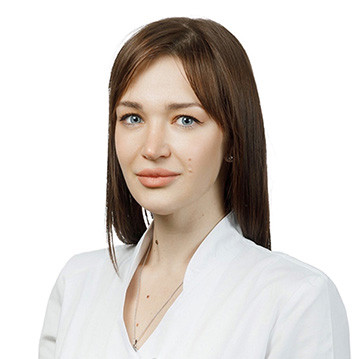







When is revision surgery on the nasal septum necessary?
Sometimes the first operation on the nasal septum (septoplasty) does not bring positive changes: the curvature of the nose remains, and breathing is still difficult. The success of treatment depends on many factors: clinic, equipment, qualifications and experience of the doctor. Sometimes problems arise due to improper care after the intervention or repeated injuries to the nose, postoperative complications.
If after septoplasty the deformation of the nasal septum remains and the patient is bothered by frequent headaches, chronic runny nose or allergic reactions, he is prescribed a repeat operation. In case of bleeding disorders, reseptoplasty is performed after stabilization of the condition.